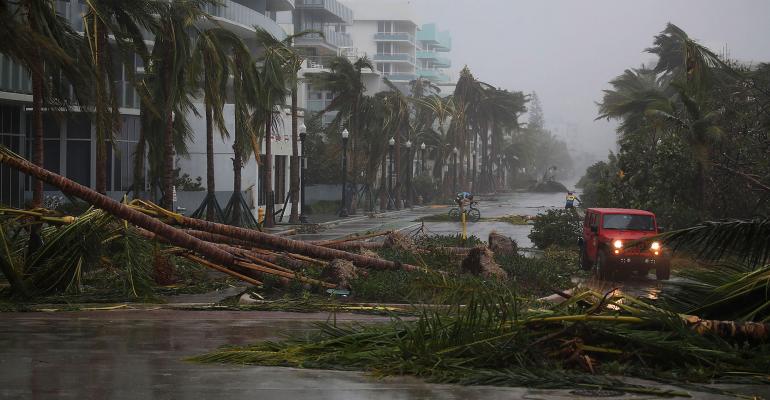Communities around the world are confronting the reality that climate change is a formidable challenge that requires bold solutions and new sources of funding. From wildfires and draughts to poor air quality and flash flooding, no region is impervious to the effects of climate change, and existing infrastructure is ill-equipped for this uncertain future.
Residents of Miami, where we are based, need no reminder that South Florida is on the front lines of the battle against climate change—particularly during hurricane season. Many of the region’s municipalities have been proactive in prioritizing resiliency measures, but in the face of limited financial resources and uncertainty about what the future will bring—for example, just how high seas will rise, and when—we still have a long way to go to future-proof our infrastructure.
Fortunately, there is a proven model for funding, constructing, operating, and maintaining large-scale infrastructure projects that will make our communities more resilient to climate change. Public-private partnerships (P3s) are contractual agreements between a government and a private entity in which the private sector partner takes on the risks associated with the development, financing, operation, and maintenance of publicly-owned infrastructure. P3s are a proven and cost-effective approach to realizing critical infrastructure projects in less time, while minimizing the public sector’s risk exposure.
In a properly structured P3, the private partner (which is typically backed by long-term investors, such as pension funds) does not earn a return on its investment if the infrastructure ever becomes unavailable for use by the public. As a result, the private partner has a strong incentive to develop the infrastructure in a manner that will ensure its continued operation—even in the face of climate change—for the entire contractual term (typically 30 or 40 years, but an even longer term may be utilized if advantageous to the public).
The risks associated with climate change over the next several decades are therefore the precise types of risks that P3s can address. For example, if a private partner were responsible for redeveloping coastal roads and keeping them operational over the next 40 years or more—including remaining open during major storm events or promptly returning to service thereafter—then the company will have every financial incentive to design and deliver roadway improvements that can meet that challenge. And if the private partner makes the wrong bet—such as raising the road by only one foot when it turns out that two feet were actually required—then it will endeavor to rebuild the road as quickly as possible. After all, for every day the road is underwater, the private partner and its investors lose money.
In many cases, hardening our infrastructure to withstand the effects of climate change is not about one single mega-project, but rather hundreds or even thousands of smaller, independently financed projects. Existing public storm water initiatives sometimes cover an area smaller than a city block. A recent P3 transaction in Pennsylvania provides a roadmap for leveraging private capital, overcoming funding shortfalls, rapidly delivering hundreds of infrastructure improvements, and securing critical political support.
In 2014, the Pennsylvania Department of Transportation launched the procurement of an ambitious project (referred to as “Penn Bridges” by the industry) to design, build, finance, operate and maintain 588 bridges across the state. A project of this magnitude required the buy-in of 67 counties and countless municipalities. In the end, Pennsylvania procured a world-class developer to lead the project and benefited from tremendous economies of scale by bundling its statewide assets. Today, construction has been completed on 546 bridges—a pace unimaginable without a P3.
The Penn Bridges model could be used to deliver infrastructure improvements required to address future climate change, and solutions like these are a growing necessity as our planet becomes more vulnerable. The looming questions for the public are how to address the risks of climate change and how to pay for the solutions. The P3 model is a commonsense answer that every community should embrace as it plans for the future.
Eric Singer is a partner in the P3 group of Miami-based law firm Bilzin Sumberg, where he represents both government agencies and infrastructure developers in P3 projects. Andrej Micovic is an attorney in Bilzin Sumberg’s P3 practice and has represented infrastructure developers and lenders on projects across the globe, including the Penn Bridges project.





